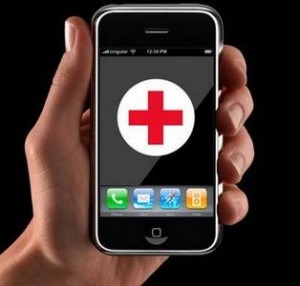TI developing remote asthma monitoring device
Telemedicine researchers have developed technologies for remotely monitoring various bodily functions, including heart rate, blood pressure and even brain function. People suffering from asthma and other lung-related ailments could be next in line to benefit from a remote monitoring system. An inexpensive Web-enabled device for measuring lung function in patients with asthma and other breathing disorders is being developed by Texas Instruments researchers in Bangalore, India. The team notes that the device promises to allow physicians to monitor their patients remotely and quickly supply medical attention in the event of an emergency. Devices called “spirometers” are commonly used to measure lung capacity and breathing response during therapy. But spirometer use is limited in the developing world and in many remote regions because of the instrument’s high cost and a lack of specialist healthcare workers trained in its use. TI researcher N.C.S. Ramachandran, an expert in high-speed and low-power digital design, is working with Prof. Vivek Agarwal of the Indian Institute of Technology in Mumbai, India, on the development of an inexpensive and easy to use spirometer that can be quickly hooked up to an Internet connection through built-in Web and data encryption software. The team has developed the device as a low-cost, portable spirometer built around a pressure sensor for detecting airflow. The sensor, based on a microelectromechanical system (MEMS), is fabricated using technology similar to the kind used for manufacturing computer chips. The MEMS spirometer can measure both the flow and volume of air moving in and out of the patient’s lungs. The researchers note that simply monitoring cough and wheezing in asthma sufferers doesn’t always provide an accurate assessment of the affliction’s severity. Breathing tests carried out using a spirometer, on the other hand, are much more accurate and can provide a clear indication of whether or not medication is being effective. The use of mass production techniques means the MEMS sensors can be made inexpensively (a few dollars per unit), small and portable. Embedding the necessary electronics and software to allow it to connect to a computer and the Web make it ideal for remote monitoring by a patient’s healthcare worker. “Not only can the remotely located patient consult a specialist,” a statement issued by the researchers notes, “the specialist too can instruct the patient for specific test procedures and treatment.” TI hasn’t yet announced when the technology might become commercially available.

post_id:
uld_count:
Cookie not set
Value 1: 0
Value 2: 10















